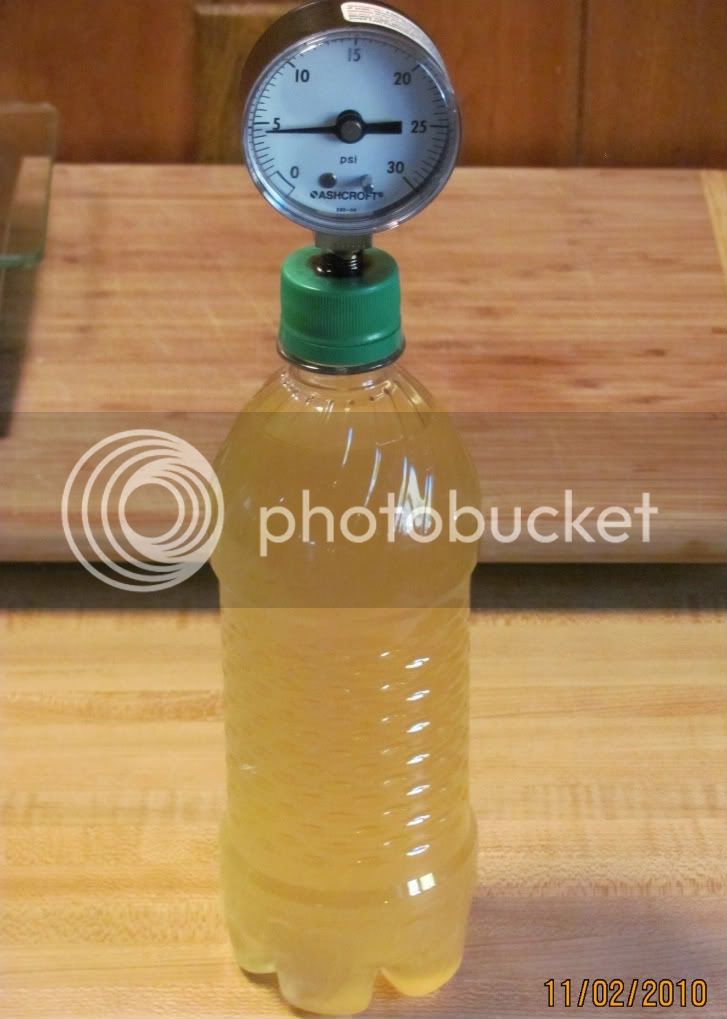Growlers are meant to hold carbonaTED beer, not carbonATING beer.
There is a difference.Carbonating beer and carbonated beer are not the same. A growler is meant for CARBONATED beer, like from a tap, not beer that is bottle conditioning.
There's always a few who say they have no problem, but folks also have sex without condoms- Or still smoke, despite knowing its risks.
To carb a beer whether or not is is done naturally or with co2 you are
forcing the gas into the solution. The pressure builds up, then there's a point where either the bottle fails or the co2, seeking the path of least resistance, forces itself into solution. You could call it a peak point, where there is a lot of pressure in the bottle, both already in solution and in the headspace trying to go into the solution, eventually it balances out and the beer is carbed.
Beer bottles, champagne bottles and kegs are rated with a higher psi/volume of co2 than wine bottles and growlers.
Already carbed and kegged beer is at a stable volume of co2
which is below the volume that growlers and winebottles are rated at. The FORCING of the co2 already happened. Why do you think kegs are made of metal and very very strong? To handle the pressure.
Our Buddy Rukus
I think it goes down to this.....is it worth playing Russian Roulette with your money and the time you spent bringing your brew along from grain to bottling day???
For every guy that says they do it, we have 2-3 guys who posts threads like
"Growler goes Boom"
Like this-



